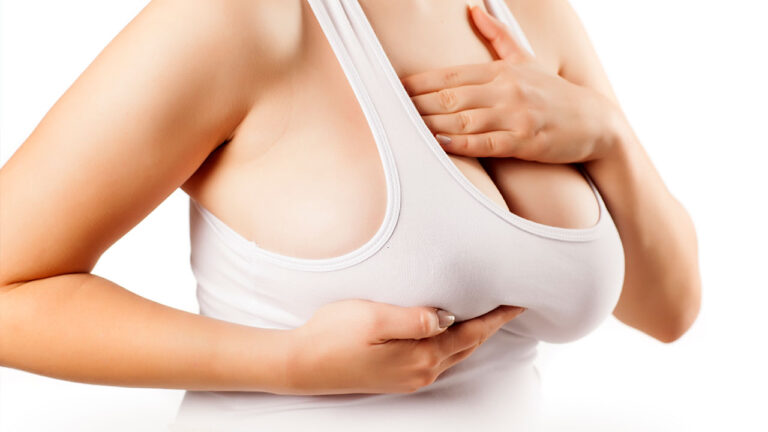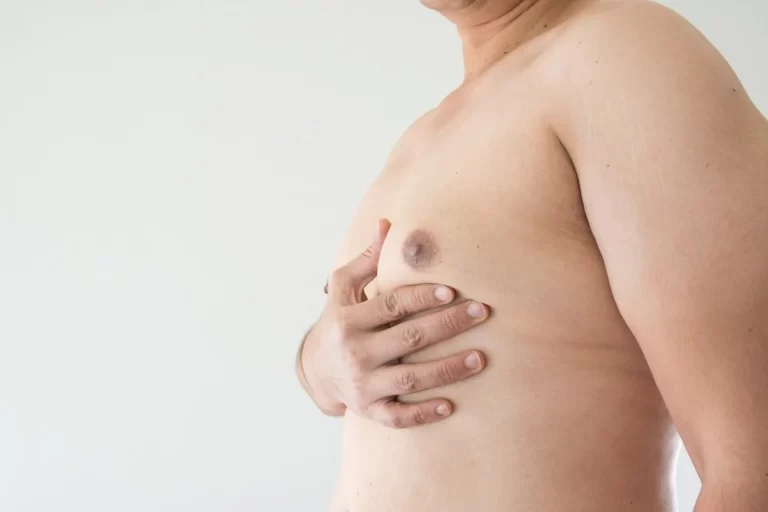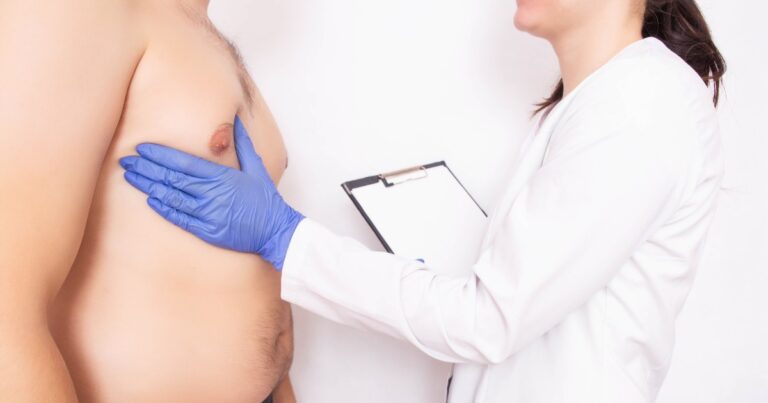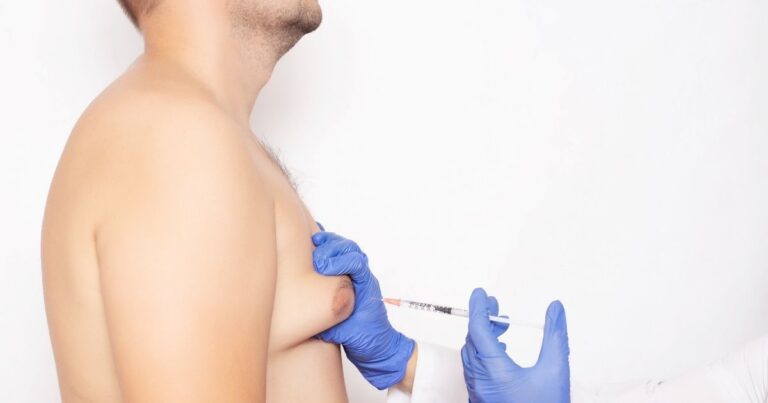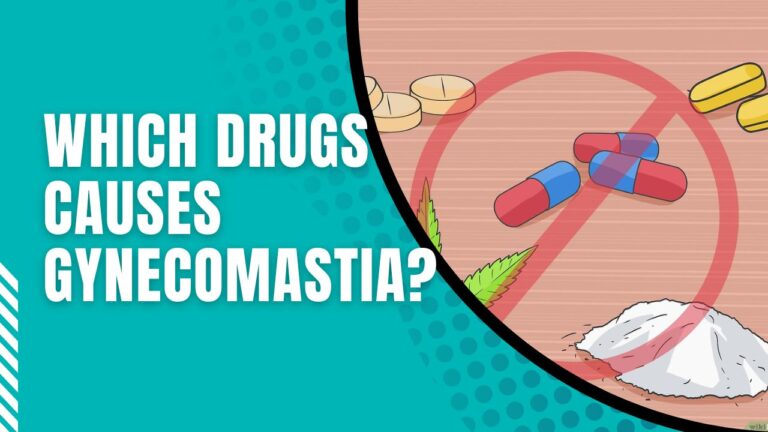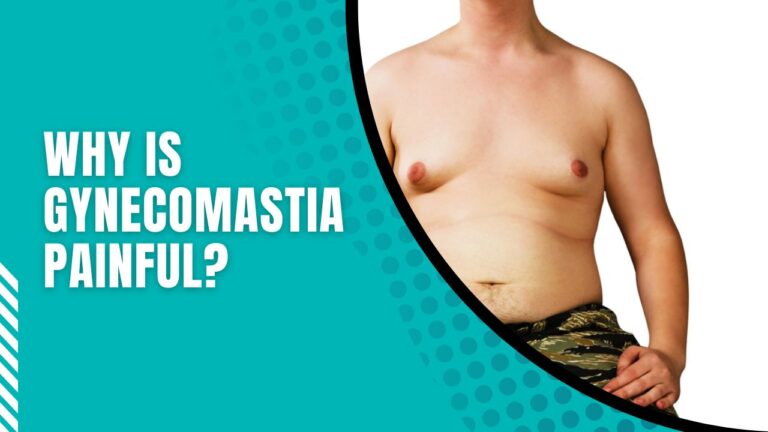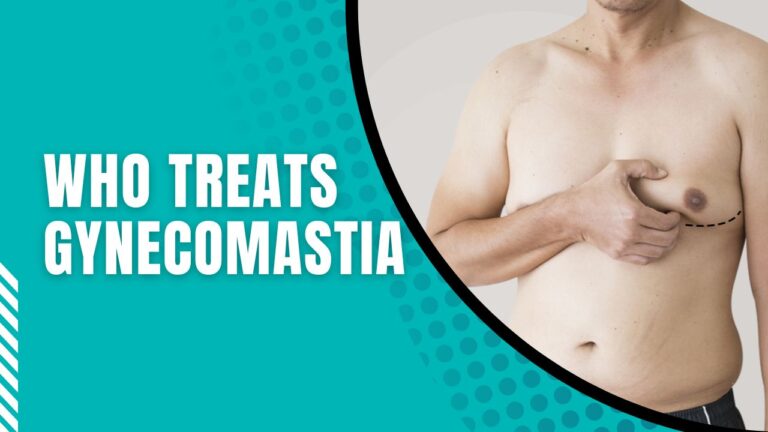What Is Gynecomastia In Females
Understanding Gynecomastia in Females Introduction Gynecomastia, commonly associated with men, is a condition that can also affect females, leading to breast enlargement. Discussing gynecomastia in females is crucial as it can impact physical health and emotional well-being. What is Gynecomastia in Females? Gynecomastia in females refers to the abnormal enlargement…
